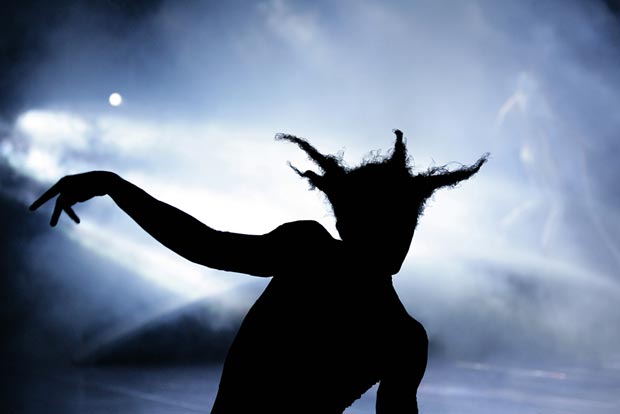
Les Ballets De Monte Carlo
Le Songe (A Midsummer Night’s Dream)
at the Hong Kong Arts Festival
Hong Kong, Cultural Centre, Grand Theatre
29 February 2012
www.balletsdemontecarlo.com
www.hk.artsfestival.org
A version of this review previously appeared in the South China Morning Post
Anyone who went to Les Ballets de Monte Carlo’s Le Songe, artistic director Jean-Christophe Maillot’s version of Shakespeare’s A Midsummer Night’s Dream expecting a family show will have been in for a shock. Packed with graphic sexual imagery from start to finish, this is the kind of production that has small children asking “What are they doing, Mummy?” and red-faced parents trying to think of an answer. Bizarrely, two schools matinees of the show were scheduled – they should certainly have proved educational, although to be fair much of the erotic content might go over the heads of a less sophisticated audience.
The ballet has some clever ideas, in particular making the fairies creatures from science fiction (right down to Titania channeling Elsa Lanchester in The Bride of Frankenstein). The three groups of characters (the fairies, the Athenians and the rude mechanicals) are neatly differentiated by distinct costume designs (the Athenians are presented in black and white, right down to grey wigs, the others are in colour) and by the use of three different types of music.
Maillot has aimed for a radical re-working of the play and the concept is certainly interesting. Unfortunately the execution fails to capture either the magic or the comedy of Shakespeare’s original . The ballet is repetitive and the story-telling incoherent. Key characters Bottom and Puck are reduced to ciphers (although when Bottom turns into an ass he does get to tickle Titania all over with his tail – and I do mean ALL over). The little pageboy Oberon and Titania quarrel over is transformed into a lesbian nymphet whose frolics with the Fairy Queen leave no doubt as to why her mistress is so keen on keeping her.
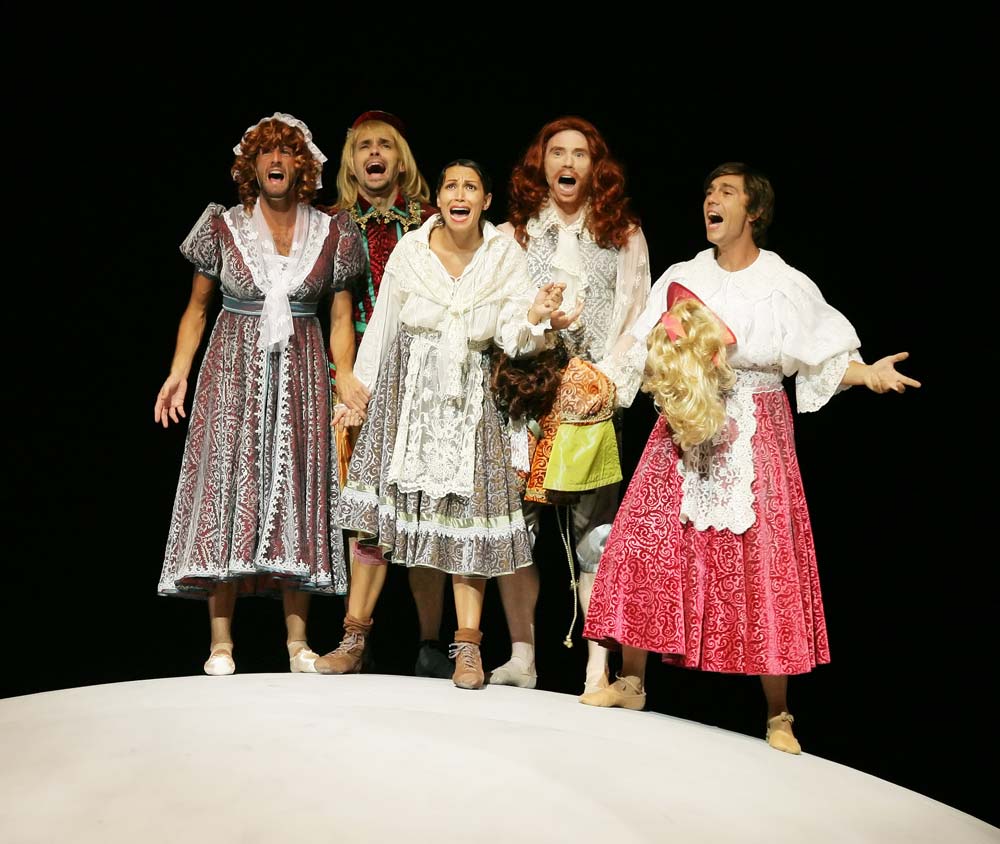
Portraying the fairies as sexual – and cruel – beings is a classic concept which works well, although for my money it’s more effective when handled more subtly (as it is by Shakespeare himself, or Ashton in The Dream). The biggest flaw in Maillot’s production is the portrayal of the two pairs of human lovers. They should create a contrast with the fairies, bring a sense of innocence and engage our sympathy. Above all they should make us laugh. Here there was nothing funny, appealing or innocent about them.
Maillot has adopted a slapstick approach and when slapstick fails to be funny its intrinsic violence comes uncomfortably to the fore. Demetrius spends the whole first scene apparently trying to rape Hermia, aided and abetted by her father. When both Demetrius and Lysander fall in love with Helena they express their passion by both grabbing her bottom at the same time. When Lysander rejects Hermia he throws her to the ground, kicks her and spits on her – this is actually shown twice, first as the curtain goes down on Act 1 and again as it goes up on Act 2. This could be justified in a serious dramatic context – in a comic one it is gratuitously ugly.
On the plus side, Maillot’s choreography is strong, athletic and has moments of originality – he certainly comes up with some ingenious ways to portray sexual activity. The powerfully-performed final duet (a polite word for this particular activity) for Oberon and Titania is inventively choreographed and as intense as it is explicit. The main problem with the choreography is that it’s sometimes too busy, with so much going on at the same time that it loses focus. The rude mechanicals are entertaining and their play at the end got plenty of laughs.
The best feature of the evening was the consistently high quality of the dancing and the cast received a warm reception. Among performances which stood out were Bernice Coppieters’ fabulously lithe and sexy Titania, Sarah Jane Medley’s elegant, lyrical Hippolyta and a remarkable turn from Asier Edeso as Francis Flute, dancing on pointe in drag in the role of Thisbe.






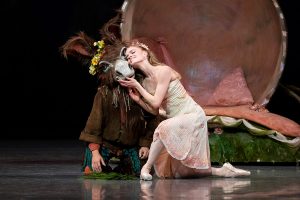
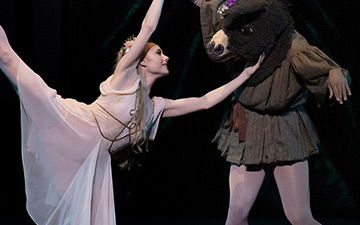

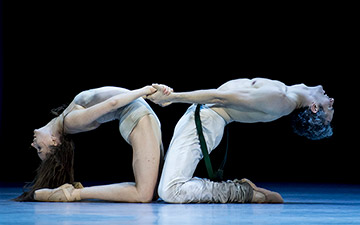



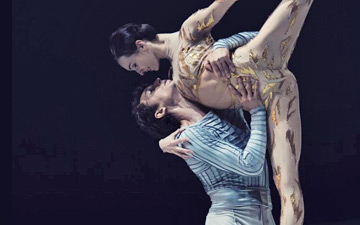
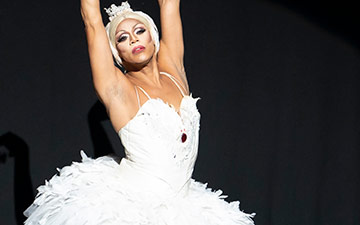
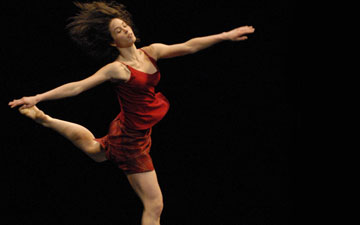
You must be logged in to post a comment.